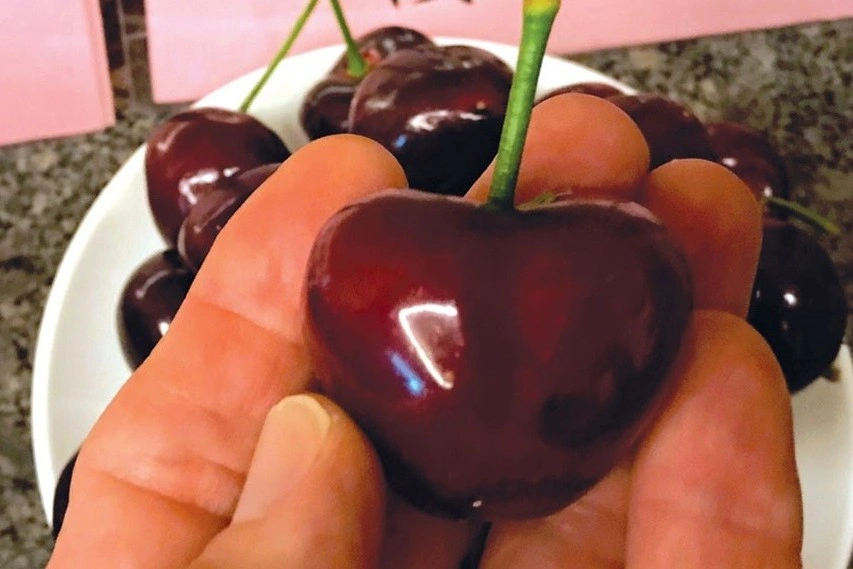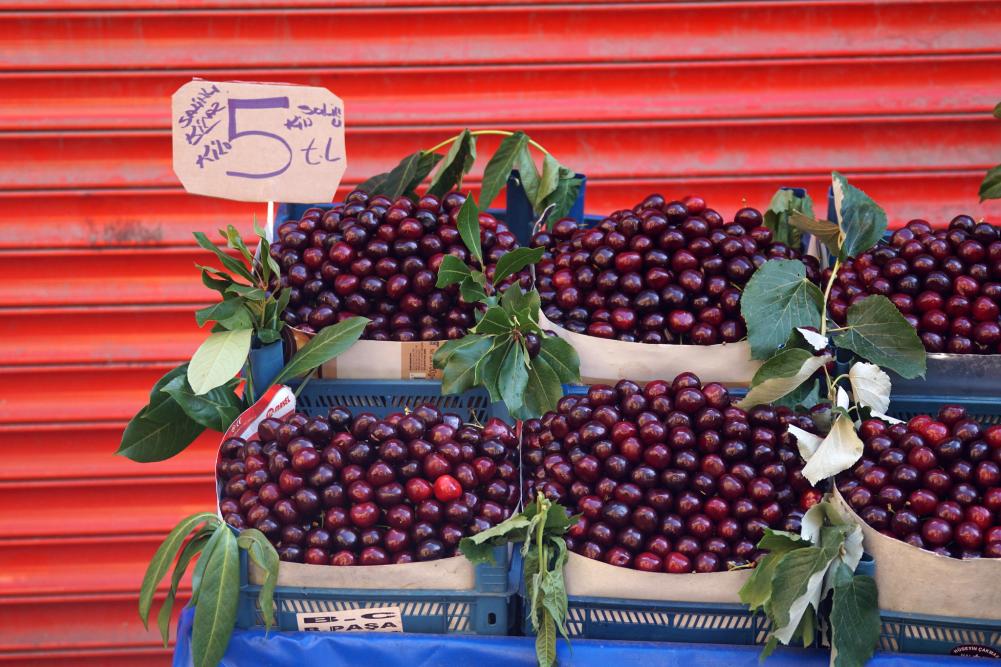Sweet cherry is a diploid species with a chromosome number of 2n = 16. The first efforts to decode its genetic makeup began with the release of a preliminary genome for the ‘Satonishiki’ cultivar in 2015, followed by an improved chromosome-level assembly in 2020 using nanopore sequencing technology.
However, these genomic resources still present significant limitations. The assembled genomes contain misanchored sequences, particularly in highly repetitive regions. These shortcomings greatly reduce their usefulness for advanced genomic and molecular research in sweet cherry.
Today, thanks to cutting-edge advances in DNA sequencing technologies, sweet cherry genomics has taken a significant leap forward. In a collaborative study involving three research institutes in Shandong, China, scientists have successfully produced a gapless, haplotype-resolved reference genome for the ‘Tieton’ cultivar.

High-quality genome assembly
This major breakthrough was achieved through the integration of multiple sequencing technologies, including high-fidelity (HiFi) sequencing and ultra-long read sequencing from Oxford Nanopore Technologies. The result is a high-quality genome assembly of 653.03 megabases, precisely organized into 16 pseudochromosomes—two for each of the eight chromosomes—representing both haplotypes (hapA and hapB) of this diploid species.
A total of 67,012 protein-coding genes were identified, with 33,777 genes in hapA and 33,235 in hapB. Thanks to its high consensus accuracy and impressive contiguity metrics, this genome is now considered one of the most complete and reliable among plant genomes.
One of the most remarkable findings of this study was the identification of a 97.405-kilobase deletion on chromosome 3 in yellow-skinned sweet cherry cultivars, such as line 13–33. This large deletion includes three genes from the R2R3-MYB transcription factor family, which play a central role in controlling pigment biosynthesis.
Insights into fruit pigmentation
Notably, MYB gene clusters, which are structurally homologous and arranged in tandem on the genome, regulate anthocyanin synthesis in Prunus species. The absence of these genes in yellow-skinned cultivars is strongly associated with their lack of red pigmentation, offering new insights into the genetic mechanisms that determine fruit color.
This discovery not only deepens our understanding of trait development in sweet cherry but also provides a valuable genetic marker for breeding programs aimed at developing cultivars with specific fruit color and quality traits.
The Tieton v3.0 reference genome is more than just a technical achievement—it represents a transformative tool for the future of sweet cherry breeding and research.
Future of sweet cherry breeding
By clearly distinguishing each chromosome pair at the haplotype level, it allows for precise genetic mapping, the identification of key variants linked to agronomic traits, and a significant acceleration in the pace of molecular breeding.
In conclusion, the creation of a telomere-to-telomere, haplotype-resolved reference genome for the sweet cherry cultivar ‘Tieton’ marks a major milestone in fruit crop genomics. It not only fills critical gaps left by earlier genome assemblies but also lays the foundation for a new era of data-driven research and targeted breeding.
The future of sweet cherry cultivation is now more promising, more colorful, and more genetically empowered than ever before.
Source: Ting Yu, Ke Lin, Dongzi Zhu, Xingyan Li, Qian Qiao, Po Hong, Shibo Lin, Quanfu Zhang, Qingzhong Liu, Jiawei Wang, Haplotype-resolved telomere-to-telomere reference genome of sweet cherry Tieton v3.0 characterized the large fragment deletion associated with yellow-skinned variety, Journal of Integrative Agriculture, 2025, ISSN 2095-3119, https://doi.org/10.1016/j.jia.2025.07.022
Image source: Growing Produce
Melissa Venturi
University of Bologna (IT)
Cherry Times - All rights reserved













